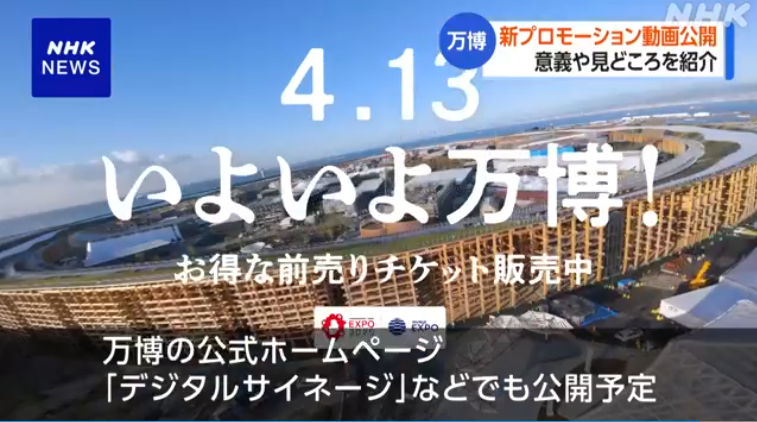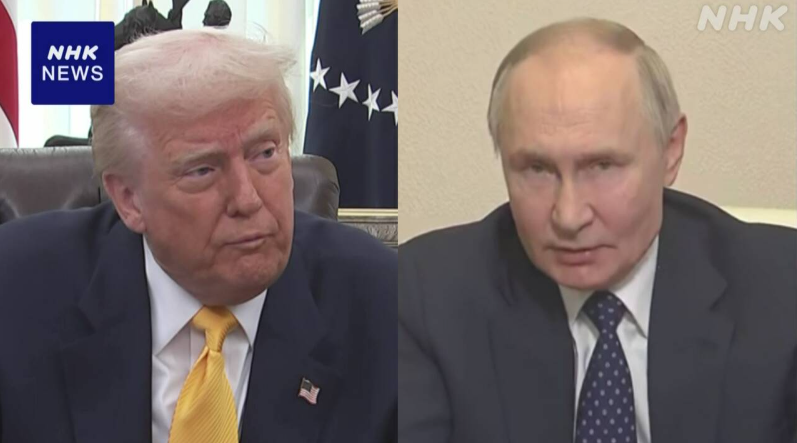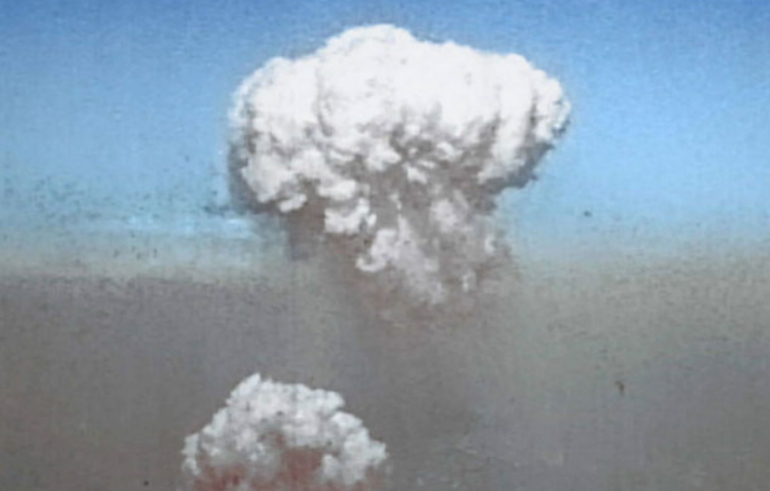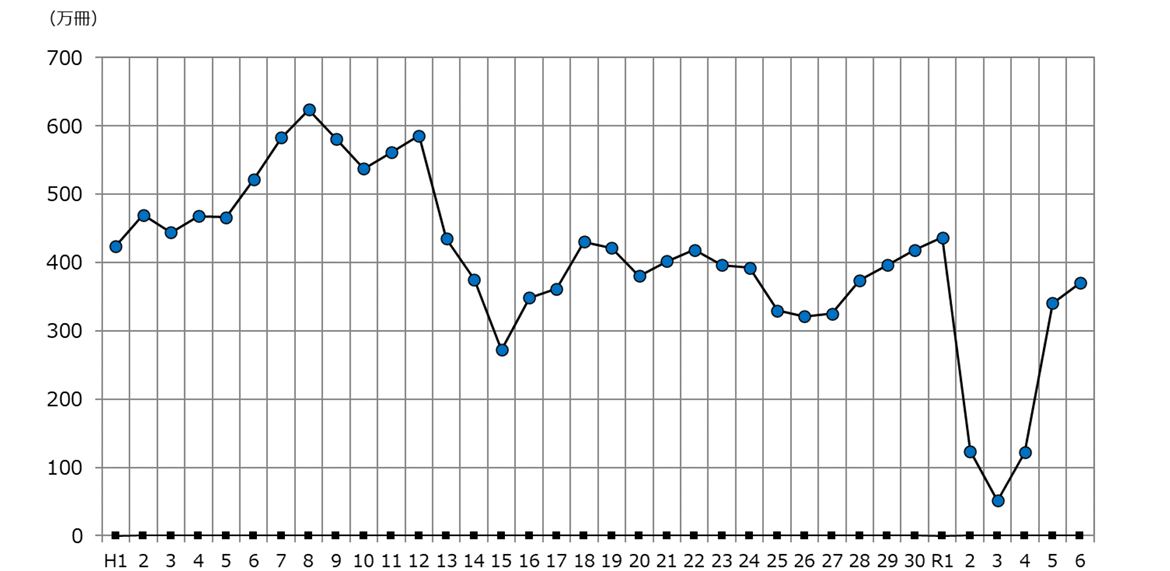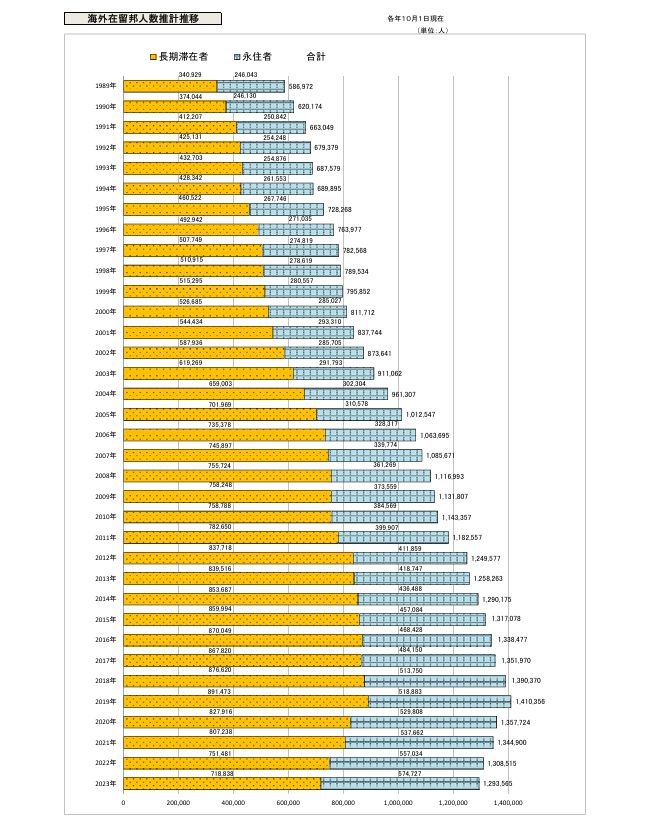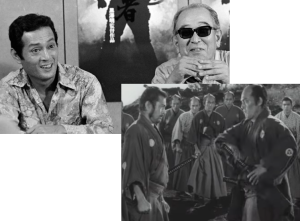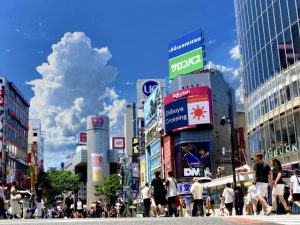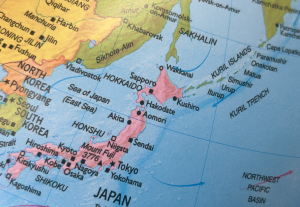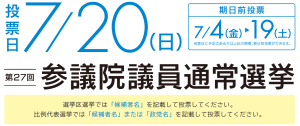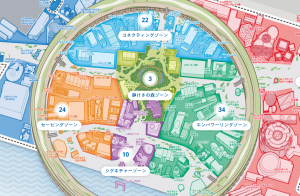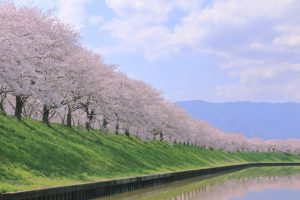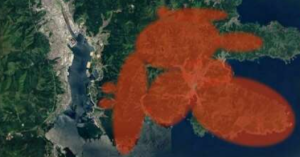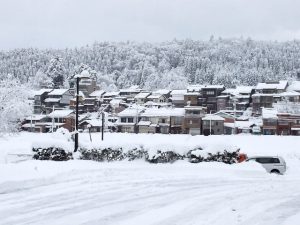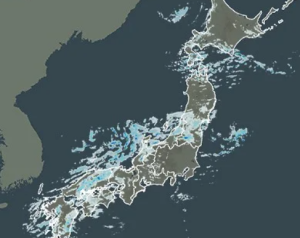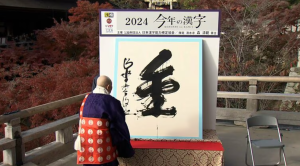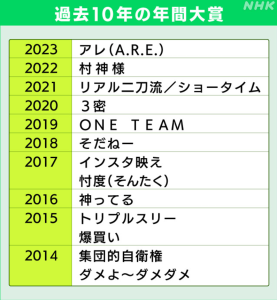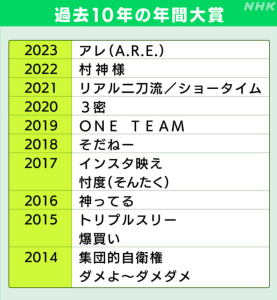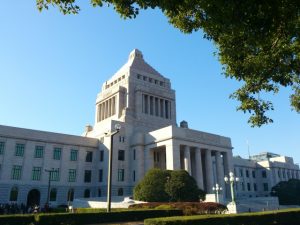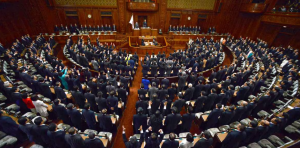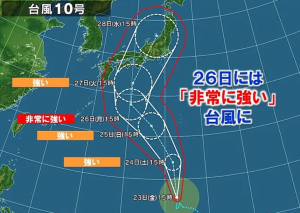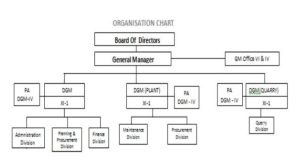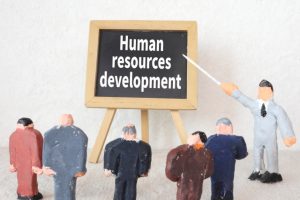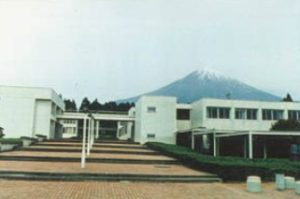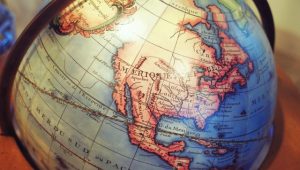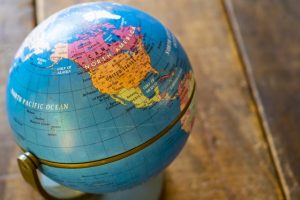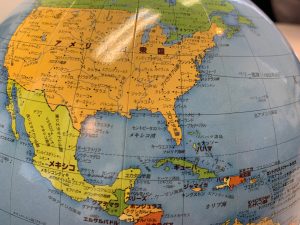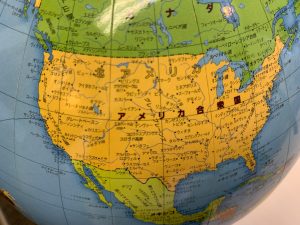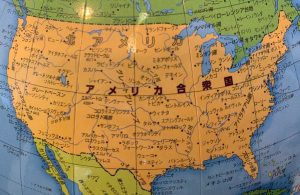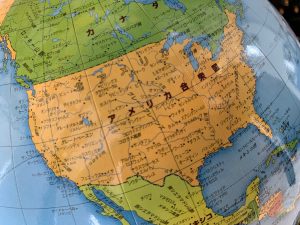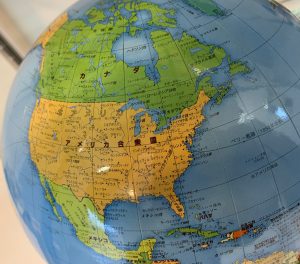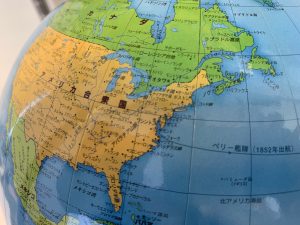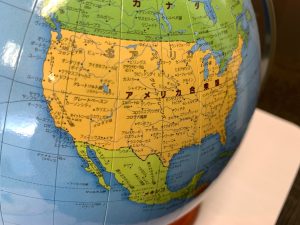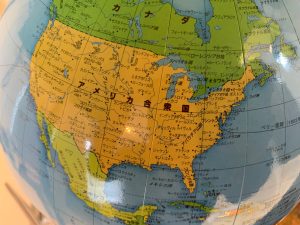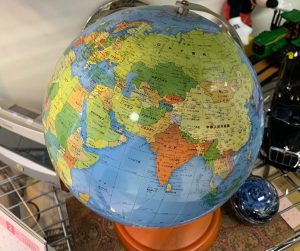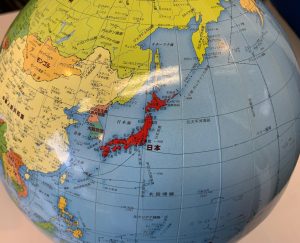Re: A news item and subject which I just want to check out (164) March 21, 2025
Yesterday, March 20, was the Spring Equinox. The Spring Equinox Day marks the turning point of the seasons. Starting from this day, the day gradually becomes longer, and the night becomes shorter than the day. There was news on the radio that “the Japanese nightingale had sung for the first time” and at the same time “it had snowed” in an area of Japan. Everyday changes rapidly, like a cuckoo clock. For your information, according to the cherry blossom forecast for 2025 by the Japan Weather Association, it blooms in Tokyo on March 24 (the full bloom is on March 29) and in Osaka on March 27 (the full bloom is on April 2), and both are almost average as usual. And the Expo 2025 Osaka, Kansai will finally open on April 13, Sunday, about three weeks later.
And the National High School Baseball Invitational Tournament called Senbatsu “with which spring begins” is held at Koshien Stadum for a schedule of 13 days from March 18. 32 participating schools will aim for the championship title and exciting matches are anticipated. Furthermore, this year, it became a hot topic that for the first time in 98 years, there are “no schools from Osaka participating locally”.
And the 2025 MLB season kicked off between Dodgers and Cubs at the Tokyo Dome over the two days of March 18 and 19, and Dodgers achieved two consecutive wins. Japanese players’ performances including the first home run by Ohtani thrilled the fans.
By the way, I had an opportunity to talk with an American with whom I have had a long relationship this week. He is originally a supporter of the Republican Party, but I was surprised a bit by the high regard and expectations for President Trump and Vice President Vance. And I realized that the national priority policy and political system reform (DOGE) by Trump administration have got considerable support, not only from Republican supporters but also from others.
■■What I have recently thought and focused on:
■Ceasefire negotiations in Ukraine between the United States and Russia (telephone talks between the leaders of two countries):
The 30-day comprehensive immediate ceasefire that the United States had aimed for was rejected by President Putin, and it ended with an agreement for a partial ceasefire that was limited to the immediate halt of attacks on energy facilities. President Putin saw through President Trump’s “eagerness for success”, and it is clearly evident that there is a strategy of prolongation aimed at securing even slightly more favorable conditions as expected.
A war can sometimes begin without warning, suddenly ignited by a single gunshot or missile, but it is not easy to end a war. Because the people are trapped in propaganda-driven biased nationalism and they don’t accept concessions or unfavorable conditions. For that reason, as the ceasefire talks begin, the flighting intensifies even more. It was the same during the peace negotiations of the Vietnam War.
Japan also experienced this firsthand during the Pacific War. The war began with the surprise attack on Pearl Harbor on December 8, 1941 in Japan time, and the Imperial Headquarters (the Supreme Command of the Japanese Military) reported brilliant military achievements every day. However, the Japanese Navy suffered heavy losses, the loss of 4 major aircraft carriers and about 300 planes, during the Battle of Midway from June 5 to 7 next year, and Japan lost air superiority and naval supremacy. The tide of the war already turned just six months after the outbreak of war. But the Imperial Headquarters covered up this defeat and after that, the Japanese military continued a waste battle amidst the disruption of supplies. Eventually, this resulted in the tragic outcomes of the Battle of Okinawa and the atomic bombings of Hiroshima and Nagasaki, and the war ended on August 15, 1945. Some military officials still insisted on a mainland battle even at that stage. According to an announcement of the Ministry of Health, Labor and Welfare, the number of Japanese victims during this period was about 3.1 million and among them the number of military personnel and civilian employees was about 2.3 million (2.1 million died abroad), and the number of civilians was about 0.8 million (0.3 million died abroad). Some argued that about 60 % of the war dead of military personnel and civilian employees died of hunger.
■The number of foreign residents in Japan has reached a record high of 3.769 million:
According to the Immigration Services Agency of Japan, the number of foreign residents was 3.769 million as of the end of 2024 increased by 0.358 million compared to the end of 2023, and hit a record high for 4 consecutive years. There has been an increase of one million in the last three years. The residence status for employment purposes such as “specified skilled worker” which is a measure for tackling labor shortages (increased by 36.5 % compared to the previous year), “highly skilled personnel” (increased by 19.8 % compared to the previous year) and “engineer, specialist of humanities and international services” (increased by 15.6 % compared to the previous year) has shown significant increase. The country with the largest increase was Vietnam, with 69,000 and the second was Nepal, with 57,000. In addition to this, the number of people from Myanmar, Sri Lanka and Indonesia is increasing. Diversification has been progressing.
By the way, in Japanese society, the presence of “overseas Chinese in Japan” (Chinese residents in Japan) has risen to unprecedented prominence now. There are about 0.84 million in Japan now, and the number of Chinese “permanent residents” who continue to live in Japan for a long period continues to increase and has reached 0.33 million. The number increased by about 0.1 million over the 8-year period from 2016. After that, the requirements for obtaining a visa have been relaxed and the doors to immigrate to Japan have been opened from the wealthy class to include the middle class. Therefore, it is expected that the number of Chinese residents in Japan will surpass one million in 2026. On the other hand, Chinese investment in Japanese real estate is progressing. In China, the land is state-owned, and neither Chinese citizens nor Japanese nationals, are able to purchase it. Only usage rights are recognized, and ownership rights are not. But in Japan, even Chinese nationals can purchase land. This is not mutual equality. Chinese residents in Japan seem to have a particularly strong interest in temples and shrines that are religious organizations with tax privileges and without successors. Japanese government appears set to tighten regulations on the acquisition of farmland by foreign nationals starting this April, but should general real estates also adopt the principle of reciprocity?
■The passport ownership rate is stagnant:
According to an announcement by the Ministry of Foreign Affairs in February this year, the number of valid passports as of the end of 2024 is 21.64 million decreased by 40 % compared to 34.93 million in 2005. In 2024, 3.82 million passports were issued, increased by about 0.3 million compared to the previous year. It has decreased by about 0.7 million compared to 2019, before the COVID-19 pandemic. And the ownership rate per capita also dropped to 17 % last year from 27 % in 2005. Incidentally, in the United States, the ownership rate was about 20 % in 2005, but has now risen to nearly 50 %. And according to the Japan Association of Travel Agents (JATA), the ownership rate in South Korea is 40 % and in Taiwan is also 60 %. Both countries and region surpass Japan, even though there are differences in awareness preparing for geopolitical risks.
By the way, the Japanese passport is often regarded as “the strongest in the world”, because it allows visa-free travel to many countries and regions. Nevertheless, one perspective on the low passport ownership rate in Japan is “a shrinking country: Japan”, namely, reflecting the inward-oriented mindset or Galapagosization of Japanese people, in addition to the effect of weak yen. Young people in their 10s and 20s who will carry Japan forward from now on should definitely experience living abroad and develop a global perspective. Otherwise, it will further lead to a decline in Japan’s international competitiveness. In any case, the first thing to do is to obtain a passport.
On the other hand, according to a report of statistics on Japanese nationals overseas by the Ministry of Foreign Affairs, the number of permanent residents residing abroad without a fixed term has been increasing year-on-year for over 20 years, up until 2024. The number of people heading mainly to high-income countries such as North America and Western Europe is increasing. And the growth of women is surpassing that of men. It is said that among overseas residents, individuals in their 30s and 40s make up a significantly majority as of 2017 when categorized by age group. In a sense, it would mean turning their backs on Japan and choosing to pursue opportunities overseas.
